The 1980s music scene gave us unforgettable tunes that defined an era of big hair, neon colors, and revolutionary MTV. Some artists rocketed to fame with a single chart-topping hit, then mysteriously vanished from the spotlight. These one-hit wonders somehow burned their lyrics into our brains forever, becoming the soundtrack to countless road trips, karaoke nights, and nostalgic moments.
1. Take On Me – A-ha (1985)
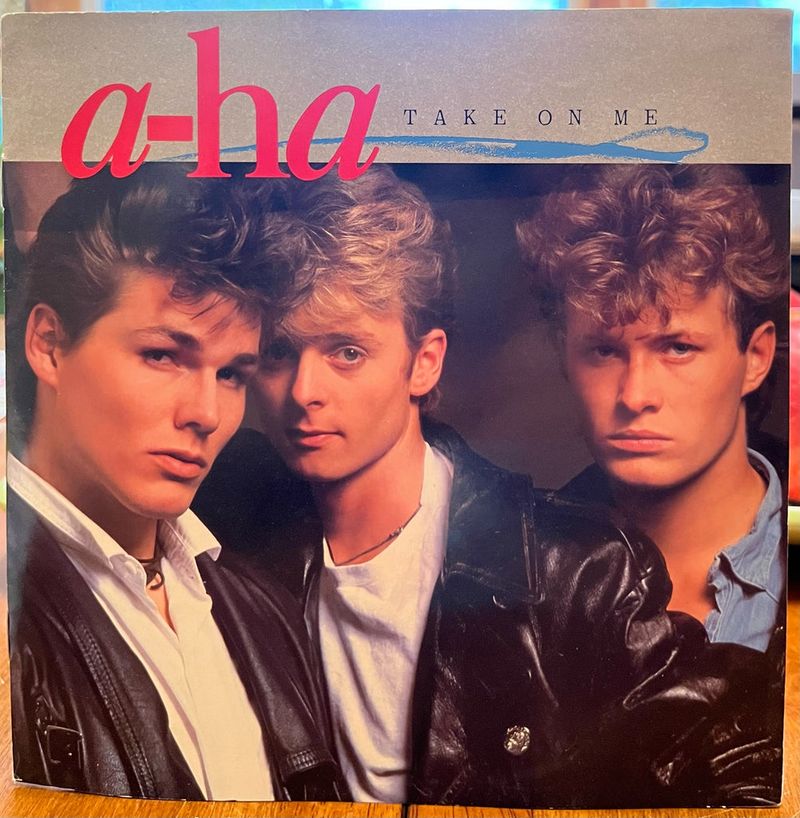
That impossible high note still makes karaoke singers break into a cold sweat. Norwegian heartthrobs A-ha created pop perfection with this synth masterpiece, but their follow-up songs never quite captured lightning in a bottle again.
The groundbreaking rotoscoped music video, showing a comic book character coming to life, won six MTV Video Awards and remains one of the most recognizable visuals in music history. The song has enjoyed multiple revivals through movie soundtracks and covers, proving its staying power across generations.
2. Come On Eileen – Dexys Midnight Runners (1982)
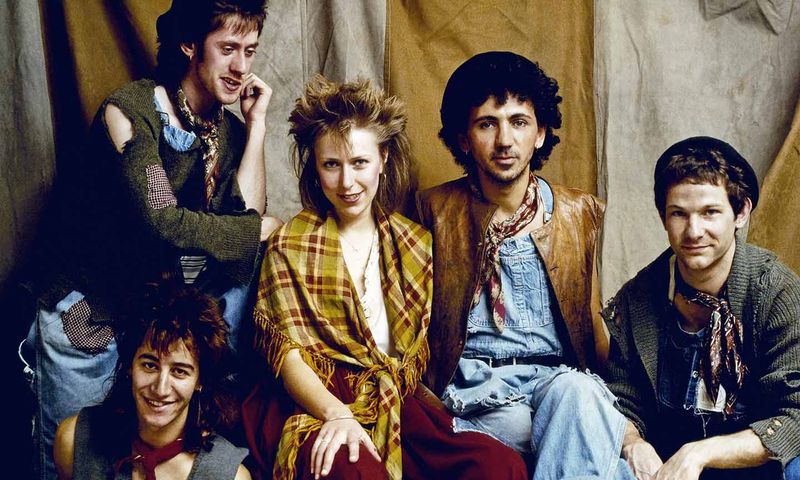
Overalls never looked so cool as when this ragtag British group stormed the charts with their fiddle-heavy folk-rock anthem. The infectious chorus builds to a frenzied tempo shift that still gets wedding dance floors packed decades later. Kevin Rowland’s distinctive vocals carry this tale of youthful lust and nostalgia with an unmistakable urgency.
Despite the band’s continued existence and multiple albums, nothing they produced before or after achieved the cultural impact of this Celtic-tinged earworm that knocked Michael Jackson’s “Billie Jean” off the #1 spot.
3. Tainted Love – Soft Cell (1981)
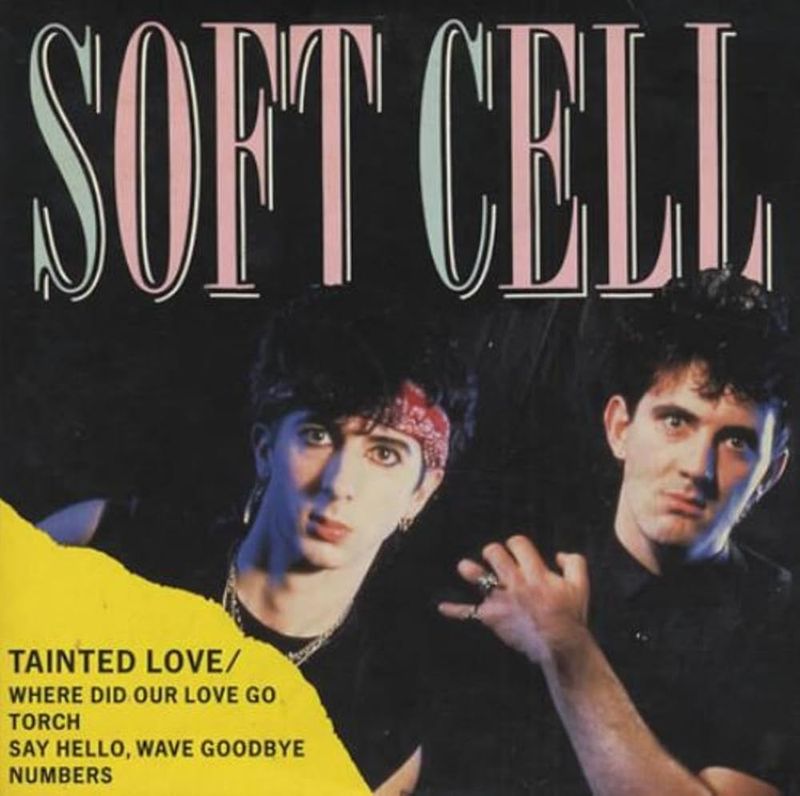
Originally recorded by Gloria Jones in 1964, Soft Cell’s brooding synth-pop remake transformed this soul track into a darkly seductive new wave classic. Marc Almond’s theatrical vocals perfectly captured the song’s wounded desperation. The minimal electronic arrangement, with its distinctive synth stabs and finger snaps, defined the early ’80s sound.
Though Soft Cell released several other singles, none matched the cultural impact of this moody masterpiece that spent a record-breaking 43 weeks on UK charts. The song continues to thrive through samples, covers, and soundtrack appearances, forever cementing its place in pop culture.
4. 99 Luftballons – Nena (1983)
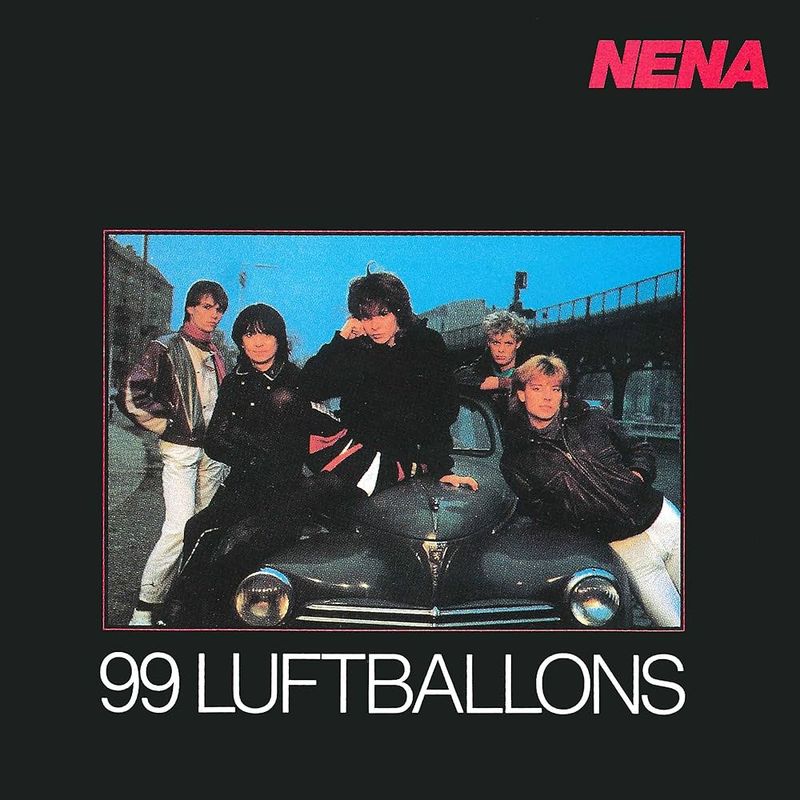
Cold War anxiety never sounded so catchy! German singer Nena created an international phenomenon with this protest song about balloons triggering nuclear apocalypse. The track became a surprise hit in English-speaking countries despite most listeners not understanding the original German lyrics.
Nena’s punk-inspired vocal delivery combined with the song’s bouncy new wave instrumentation created an irresistible contrast to its serious anti-war message. While the English version (“99 Red Balloons”) achieved success, the German original remains more beloved for its authentic energy. Nena continued as a major star in Germany but never replicated her international breakthrough.
5. Mickey – Toni Basil (1981)
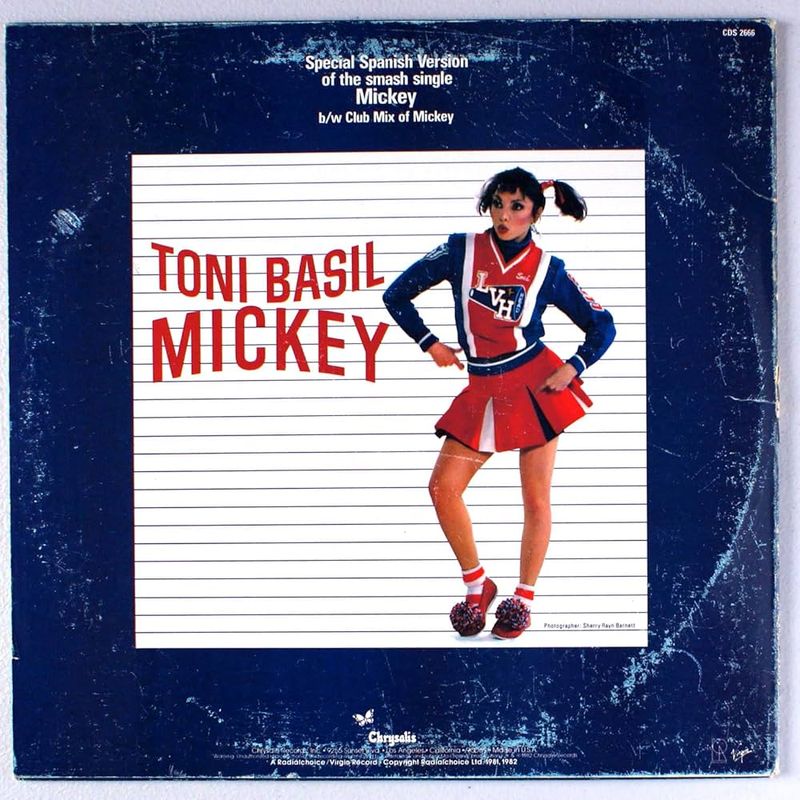
Former choreographer Toni Basil made pop history with this cheerleader-themed banger when she was already 38 years old – practically ancient by pop star standards of the time! Her peppy delivery and the song’s call-and-response chorus create an instant earworm.
The pioneering music video featured Basil’s expert choreography with actual cheerleaders, helping the song reach #1 two years after its initial release. Few remember that “Mickey” was actually a gender-swapped cover of “Kitty,” originally performed by UK group Racey. Basil returned to choreography after her brief pop stardom, working with artists like David Bowie and Tina Turner.
6. I Ran (So Far Away) – A Flock of Seagulls (1982)
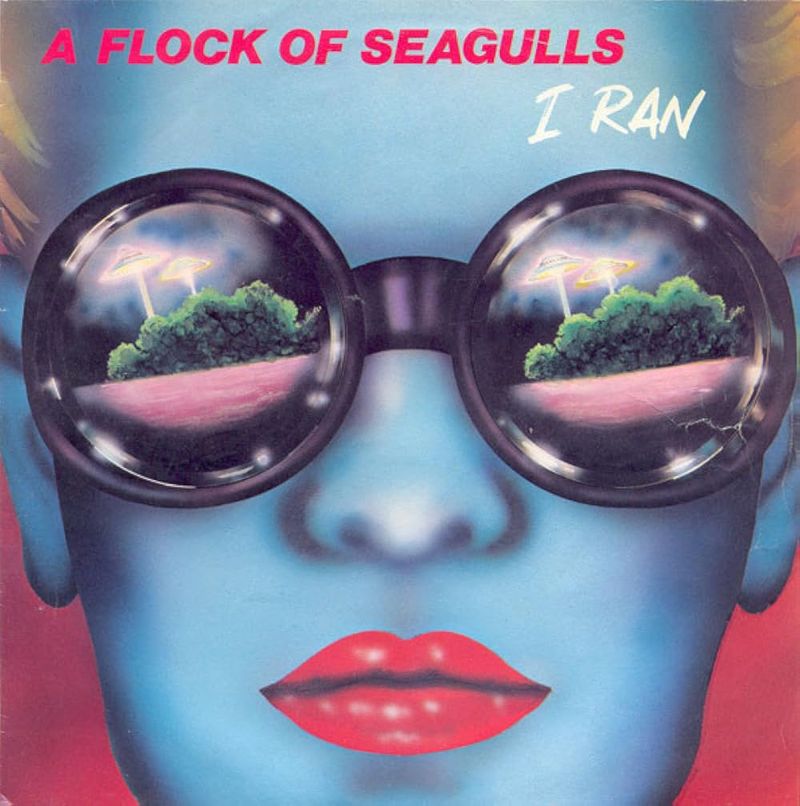
That hair! That synthesizer! A Flock of Seagulls created the ultimate new wave aesthetic with frontman Mike Score’s gravity-defying hairdo becoming as memorable as the song itself. The dreamy, space-age track perfectly captured the era’s fascination with sci-fi and futurism.
The band’s visual presentation was revolutionary, with their music video featuring mirrors, metallic backdrops, and laser effects that defined early MTV aesthetics. While the Liverpool group released several albums, nothing came close to the cultural impact of this atmospheric single. Their distinctive look has become shorthand for ’80s excess, referenced in everything from Pulp Fiction to The Wedding Singer.
7. I Want Candy – Bow Wow Wow (1982)
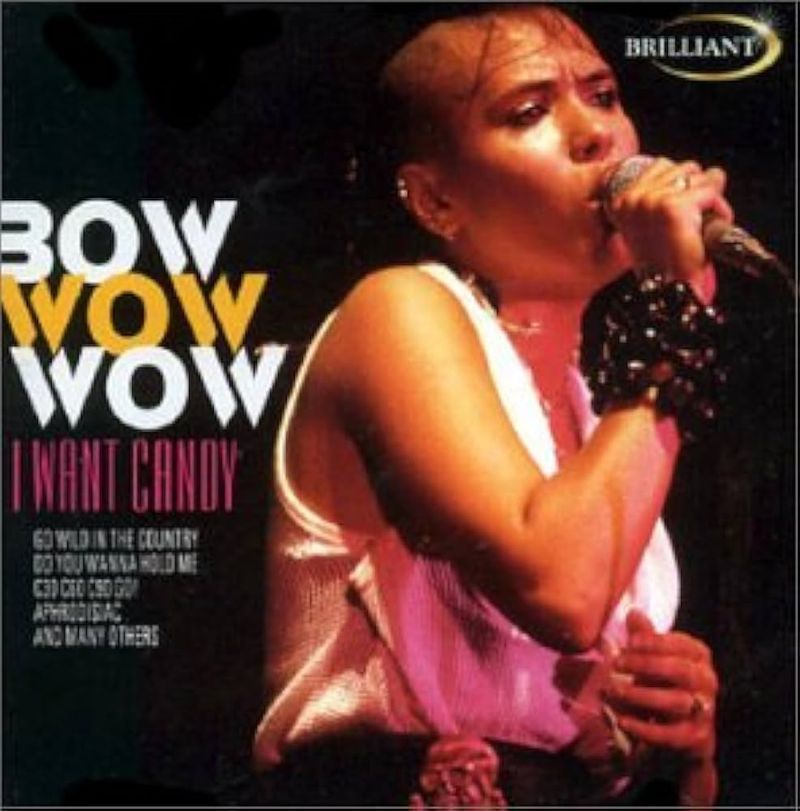
Teenage singer Annabella Lwin fronted this Malcolm McLaren-assembled band, bringing youthful energy to their cover of The Strangeloves’ 1965 hit. The tribal drum pattern and surf-rock guitar created an irresistible blend of retro and new wave sounds. The controversial music video featured the then 15-year-old Lwin recreating Manet’s famous “Le Déjeuner sur l’herbe” painting.
Though the band had several minor hits in the UK, this sugar-rush anthem remains their only lasting contribution to American pop culture. The song has enjoyed multiple revivals through movie soundtracks, commercials, and covers by artists like Aaron Carter and Madonna.
8. Obsession – Animotion (1984)
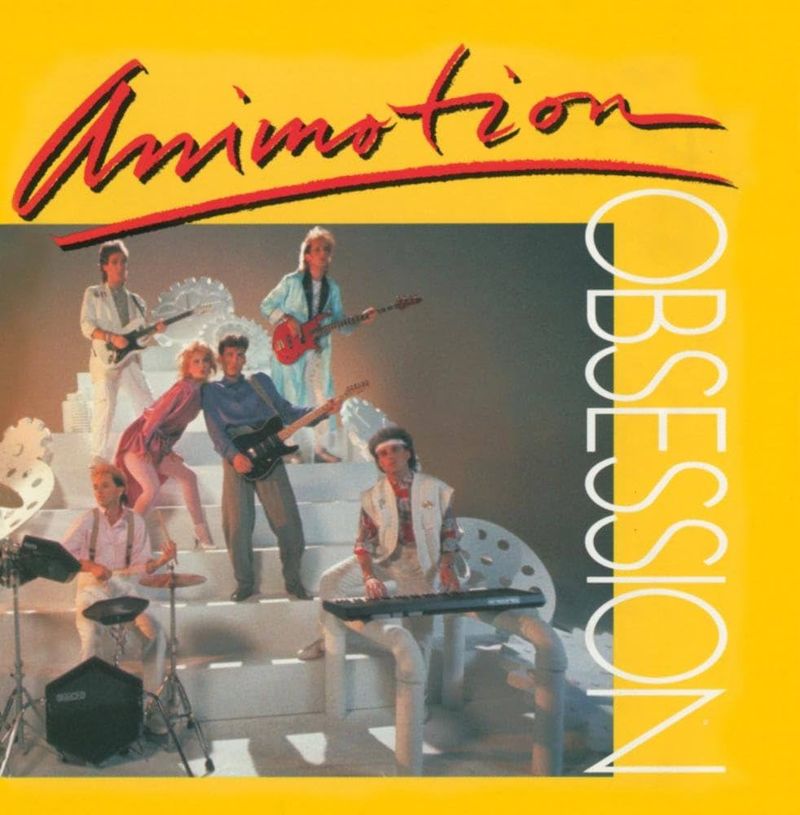
Sultry, dramatic, and deliciously over-the-top, Animotion’s “Obsession” embodied the excessive glamour of mid-80s synth-pop. The male-female vocal interplay between Bill Wadhams and Astrid Plane created an unforgettable tension that perfectly matched the song’s theme.
Originally written by songwriter Holly Knight and Sunset Strip legend Michael Des Barres for the soundtrack to “A Night in Heaven,” Animotion’s cover version transformed it into a global hit. The music video’s fashion-forward visuals and stylized choreography became a template for countless ’80s acts. While the band continued releasing music, lineup changes and shifting musical trends prevented further mainstream success.
9. Turning Japanese – The Vapors (1980)
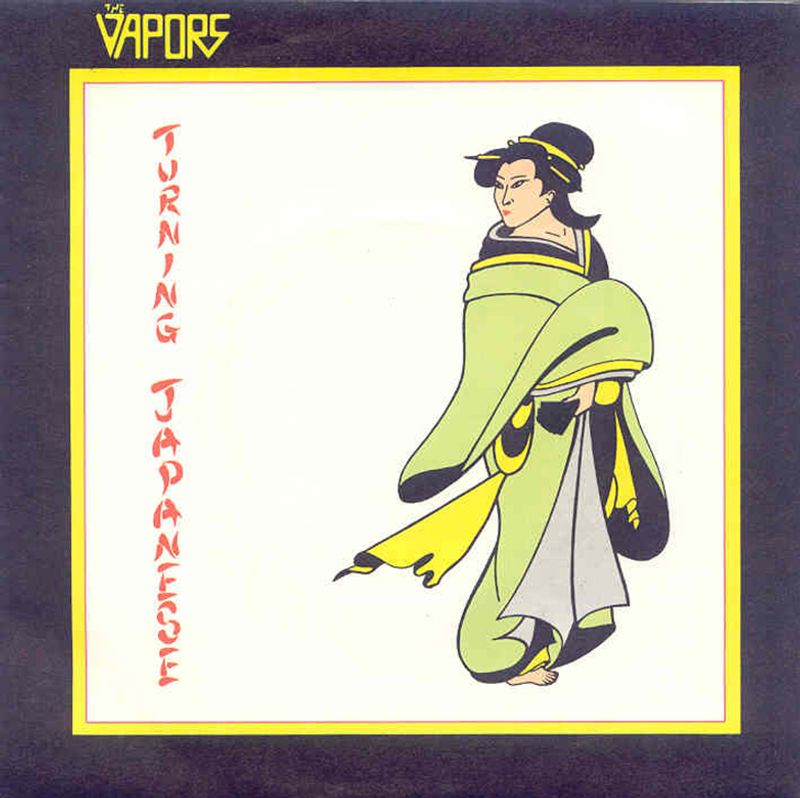
Frenetic energy and quirky lyrics drove this new wave gem from British band The Vapors to unexpected international success. Despite persistent rumors about the song’s meaning (no, it’s not about that), songwriter David Fenton maintains it’s simply about the feeling of being far from someone you love.
The song’s distinctive oriental riff and rapid-fire delivery made it instantly recognizable. Produced by The Jam’s Bruce Foxton, the track reached #3 in the UK and became a staple of early college radio in America. Though the band released two solid albums before splitting in 1982, nothing else in their catalog achieved similar recognition.
10. Puttin’ On the Ritz – Taco (1983)
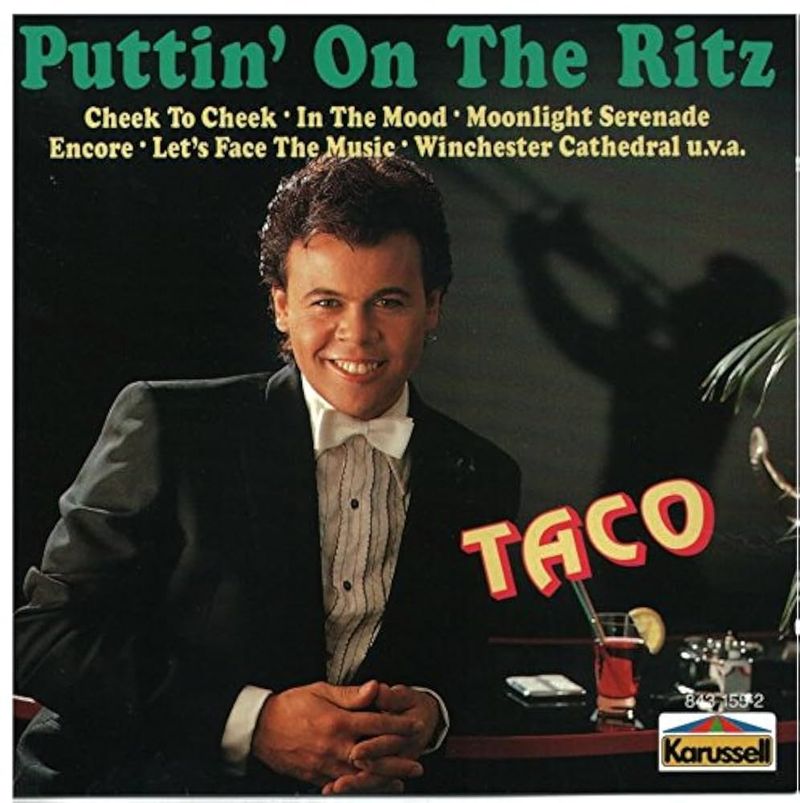
Indonesian-born Dutch singer Taco Ockerse created one of the decade’s most unusual hits by reviving Irving Berlin’s 1929 classic with synthesizers and a music video featuring top hats and tails. This bizarre blend of vintage and modern elements somehow captured the early ’80s zeitgeist perfectly. The song’s theatrical arrangement, complete with tap dancing break, showcased the era’s fascination with reimagining pre-rock music through electronic instruments.
Taco’s debonair persona and the video’s stylized black-and-white sequences became MTV favorites. Though he released several albums, Taco never again achieved the perfect novelty-hit formula that made “Puttin’ On the Ritz” a worldwide success.
11. Major Tom (Coming Home) – Peter Schilling (1983)
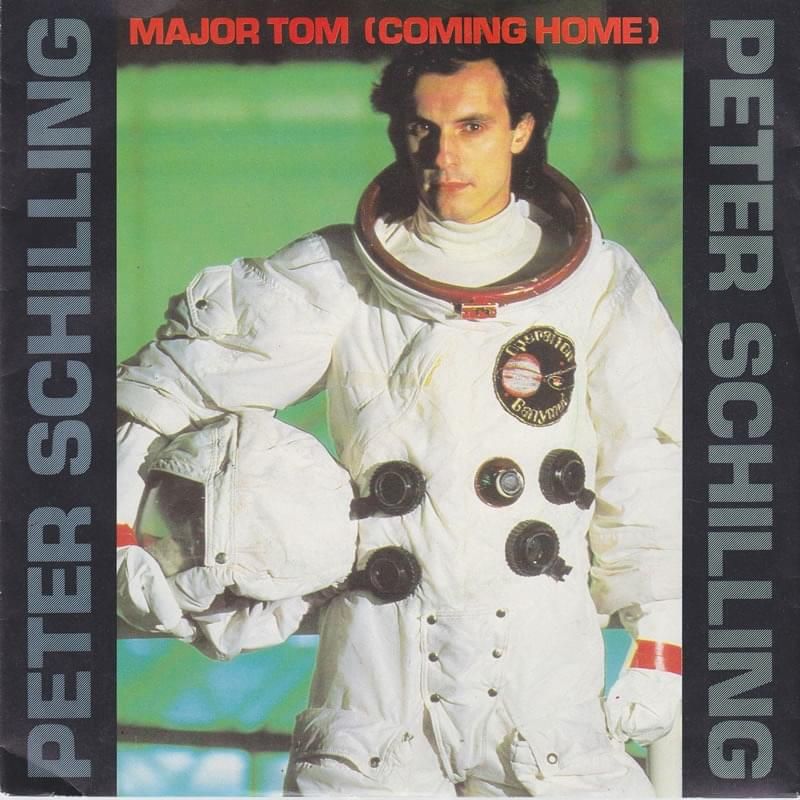
German singer Peter Schilling created an unofficial sequel to David Bowie’s “Space Oddity” with this hauntingly beautiful synth-pop odyssey. The song’s cosmic narrative continued the story of Major Tom, the fictional astronaut lost in space. The English version climbed to #14 on US charts, propelled by its pioneering music video featuring early computer animation and space imagery.
The track’s pulsing electronic production and Schilling’s passionate vocals perfectly captured both Cold War anxiety and space-age wonder. While Schilling maintained a successful career in Germany, international audiences remember him solely for this stellar contribution to the ’80s synth-pop universe.
12. 867-5309 / Jenny – Tommy Tutone (1981)

Power pop perfection with an unforgettable hook! Tommy Tutone created a phone number so famous that businesses across America with this number were bombarded with calls for decades. Lead singer Tommy Heath’s urgent delivery perfectly captured the lovesick narrator’s obsession. The song’s simple premise – a guy finding a girl’s number on a bathroom wall – spawned one of music’s most memorable choruses.
The guitar-driven arrangement stood out during the synthesizer revolution, helping it reach #4 on Billboard charts. The band released several other singles but never again captured the magic combination of catchy melody and cultural phenomenon that made “Jenny” a permanent part of American pop culture.
13. Video Killed the Radio Star – The Buggles (1980)
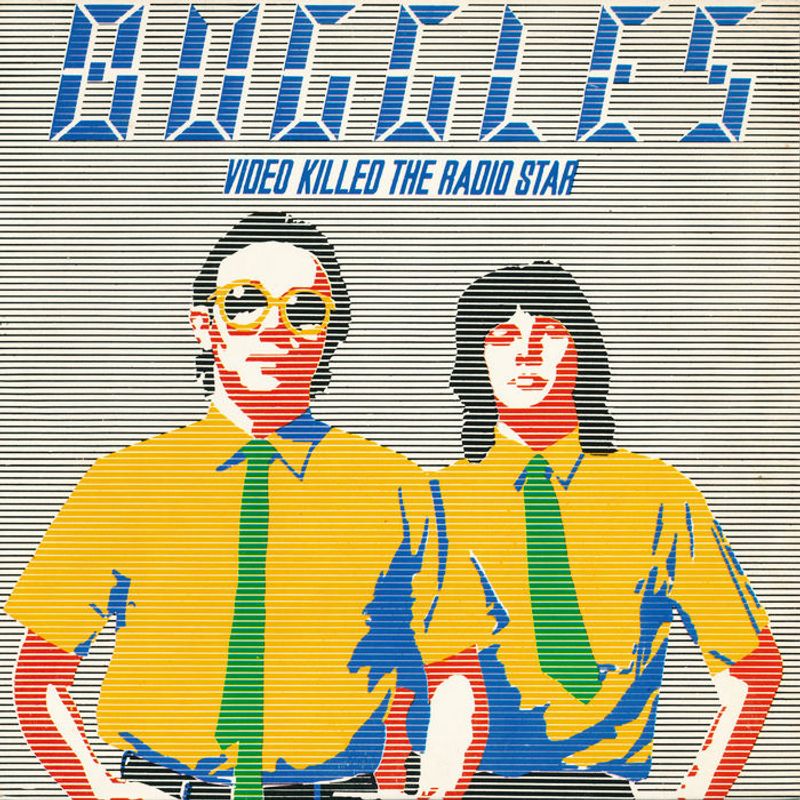
How perfect that the first song ever played on MTV prophesied the channel’s impact on music! The Buggles’ synth-pop masterpiece combined retro sci-fi sounds with cutting-edge production to create a time capsule of the analog-to-digital transition happening in 1980. Producer Trevor Horn and Geoff Downes crafted a sonically complex track filled with vocoder effects, bubbling synthesizers, and a soaring chorus.
The iconic music video, with its television smashing and retrofuturistic aesthetic, perfectly complemented the song’s theme of technological disruption. Both members later joined progressive rock band Yes, but nothing in their careers matched the prophetic power of this one-hit wonder.
14. She Blinded Me with Science – Thomas Dolby (1982)
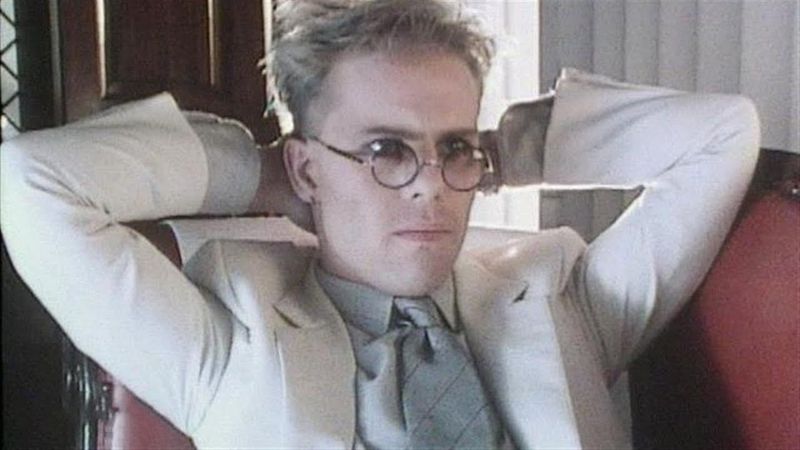
“SCIENCE!” Real-life scientist Dr. Magnus Pyke’s exclamations punctuate this quirky synth-pop novelty hit from British musician Thomas Dolby (not his real name – he borrowed it from the audio technology company). The song’s playful lyrics and innovative production created a perfect storm of nerdy coolness.
The music video, set in a “Home for Deranged Scientists,” showcased Dolby’s eccentric persona and theatrical approach. Despite his significant contributions to electronic music and later success as a technology entrepreneur, mainstream audiences remember him exclusively for this laboratory love story. Fun fact: Dolby later became a professor at Johns Hopkins University – science indeed!
15. Walking on Sunshine – Katrina and the Waves (1983)
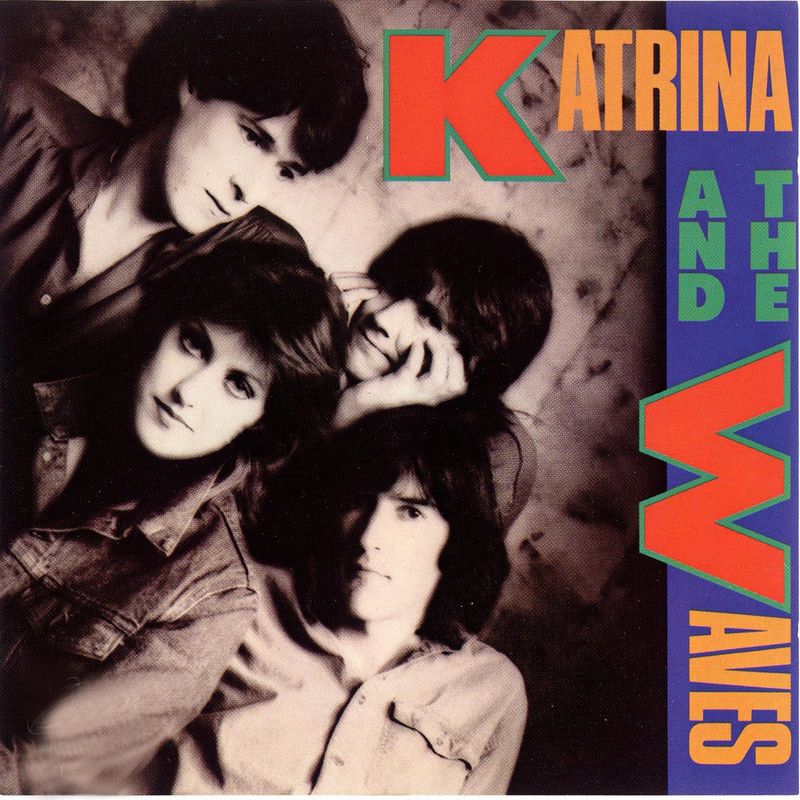
Pure bottled happiness! This infectiously joyful track from the British-American band radiates such undiluted optimism that it’s become the go-to soundtrack for every movie montage needing an instant mood boost. Katrina Leskanich’s powerhouse vocals soar over jangling guitars and punchy horns.
Originally released on a small Canadian label in 1983, the song didn’t become a worldwide hit until re-recorded for a major label in 1985. The band actually formed from the ashes of The Soft Boys, featuring guitarist Kimberley Rew, though their sunshine pop sound was worlds away from their post-punk origins. They later won Eurovision for the UK in 1997, but this remains their signature tune.
16. Break My Stride – Matthew Wilder (1983)
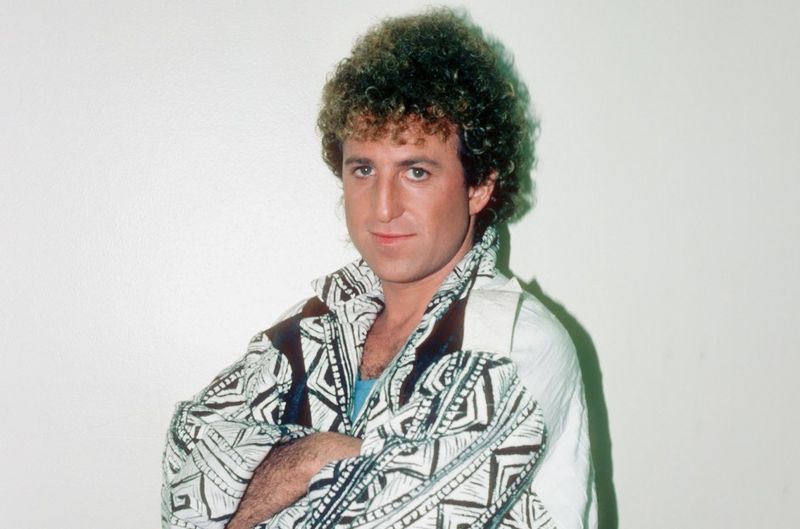
Nearly four decades after its release, this bouncy reggae-pop fusion found new life on TikTok, introducing Matthew Wilder’s optimistic anthem to a whole new generation. The song’s distinctive calypso-influenced beat and Wilder’s unique vocal delivery create an instantly recognizable sound.
After multiple record labels rejected him, Wilder finally released this track, which climbed to #5 on Billboard charts. The lyrics about perseverance ironically mirrored his own music industry struggles. Though his performing career fizzled after this hit, Wilder found success behind the scenes, producing No Doubt’s breakthrough album “Tragic Kingdom” and composing music for Disney’s “Mulan.”
17. Der Kommissar – After the Fire (1983)
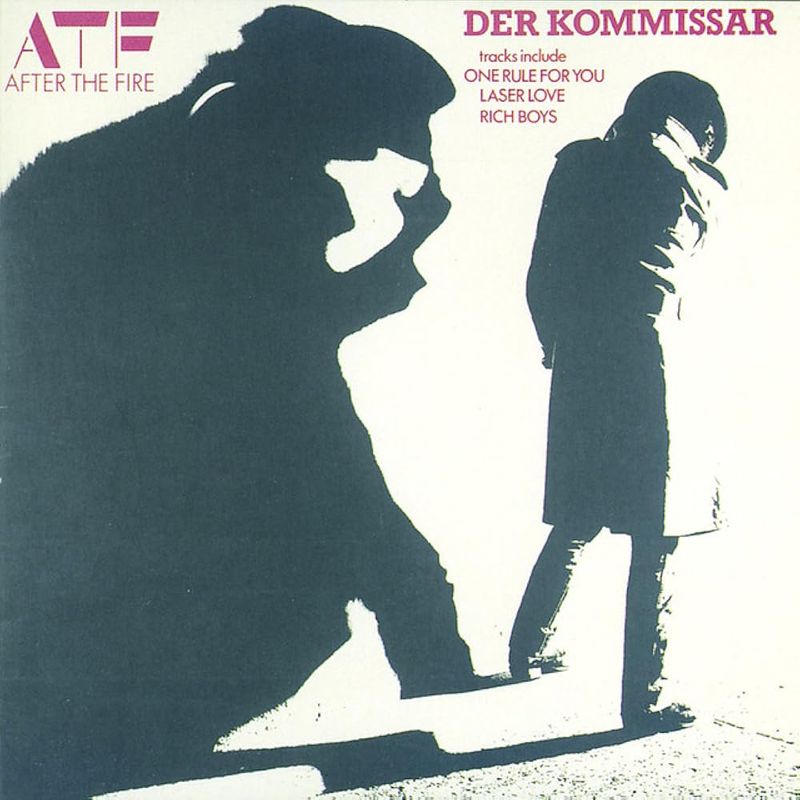
British band After the Fire scored their only hit with this English adaptation of Austrian musician Falco’s German-language original. The song’s mysterious narrative about drug deals and police surveillance created an air of European intrigue for American listeners. The track’s combination of spoken-word verses, catchy chorus, and distinctive “alles klar, Herr Kommissar” hook made it stand out on radio playlists.
After the Fire actually disbanded before the single became a hit in America, missing the opportunity to capitalize on their sudden success. Ironically, Falco himself later became a one-hit wonder in the US with “Rock Me Amadeus,” creating a unique cross-continental one-hit wonder connection.
18. It’s Raining Men – The Weather Girls (1982)
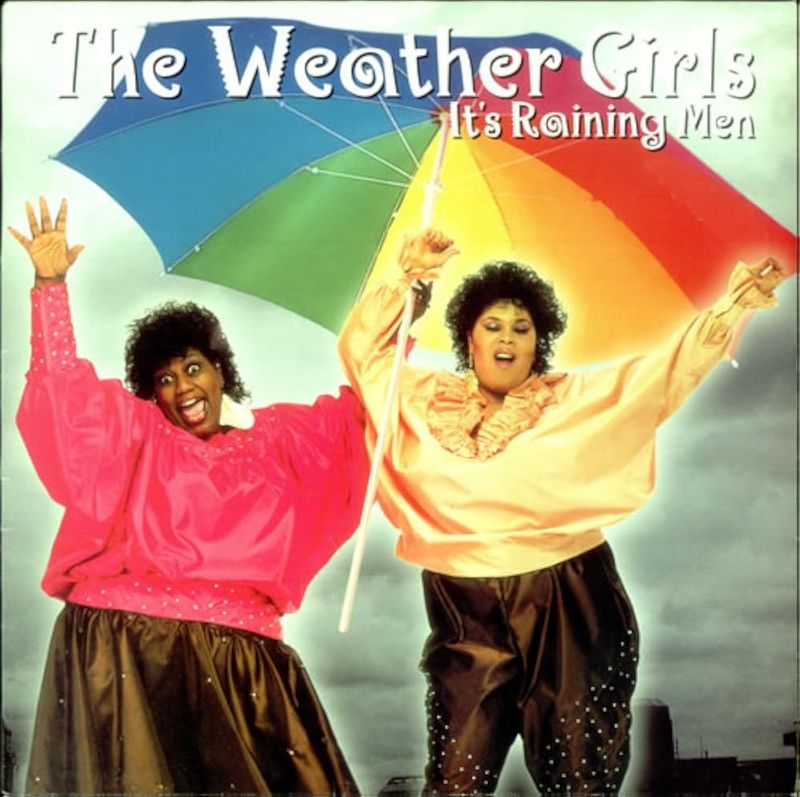
Former backup singers Martha Wash and Izora Armstead created disco history with this gloriously campy anthem originally rejected by artists like Donna Summer and Diana Ross. The duo’s powerful gospel-trained vocals and the song’s celebratory lyrics made it an instant classic in gay clubs worldwide. Written by Paul Jabara and future Late Show bandleader Paul Shaffer, the track features thunderous production and an infectious chorus that still packs dance floors decades later.
Despite the song’s enduring popularity, The Weather Girls never managed another major hit. Martha Wash later provided uncredited vocals on several dance hits, eventually suing for recognition after other performers lip-synced to her voice in videos.
19. I Can’t Wait – Nu Shooz (1986)
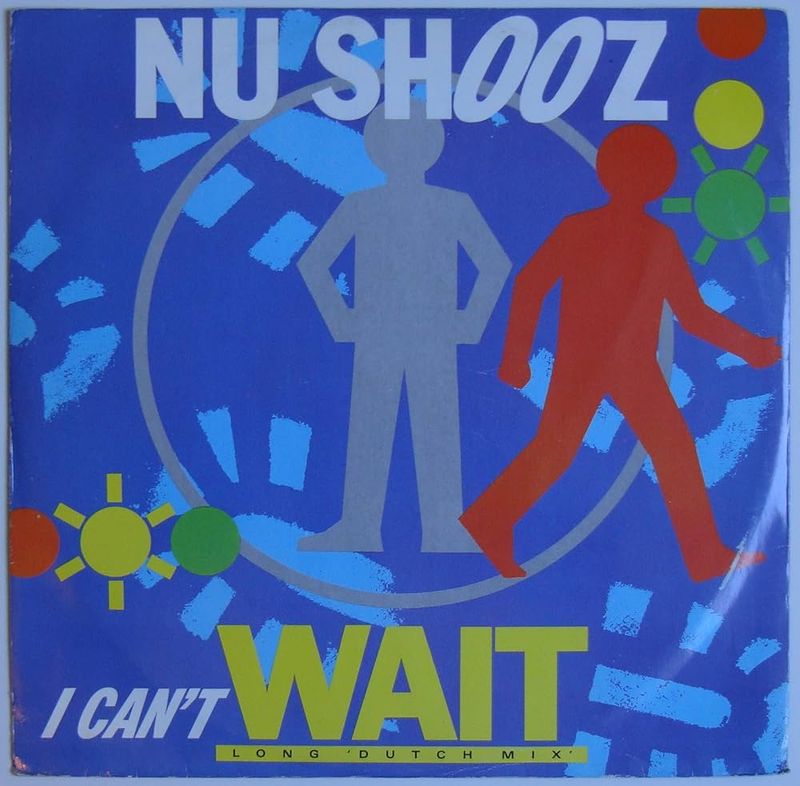
Husband-wife duo John Smith and Valerie Day struck gold with this infectious dance-pop gem that took a wildly circuitous route to success. Originally recorded in 1984, the song was remixed by Dutch DJ Peter Slaghuis, reimported to America, and finally became a hit two years after its creation.
The track’s distinctive synth-bass line and Day’s cool, understated vocals perfectly captured the sophisticated side of mid-80s dance music. The Portland, Oregon band had been performing jazz-funk for years before this unexpected breakthrough. Though they released several albums, nothing else connected with mainstream audiences like this sleek, groove-laden hit that still enlivens retro dance nights.
20. Let the Music Play – Shannon (1983)
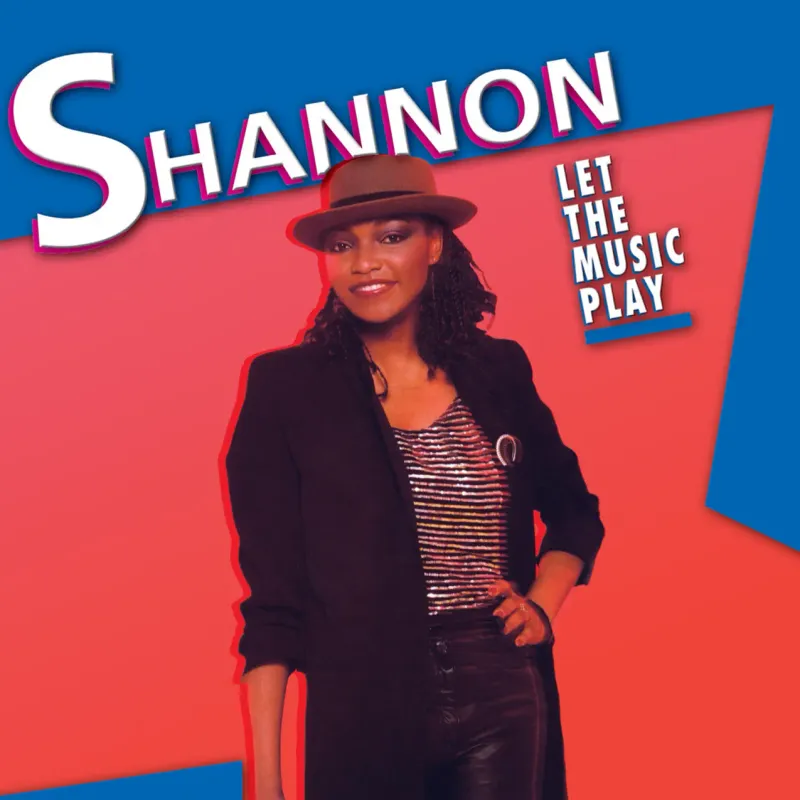
Brooklyn-born Brenda Shannon Greene helped invent freestyle music with this groundbreaking dance track that bridged the gap between disco and house music. The song’s innovative production by Chris Barbosa and Mark Liggett created a template for countless dance hits that followed. The distinctive electro beats, Latin percussion influences, and Shannon’s powerful vocals made this an instant club classic.
While primarily remembered as a dance artist, Shannon actually had formal opera training before finding success in the electronic music scene. Though she had several follow-up hits on the dance charts, nothing achieved the crossover success of this pioneering track that reached #8 on Billboard’s Hot 100.
21. I Melt with You – Modern English (1982)
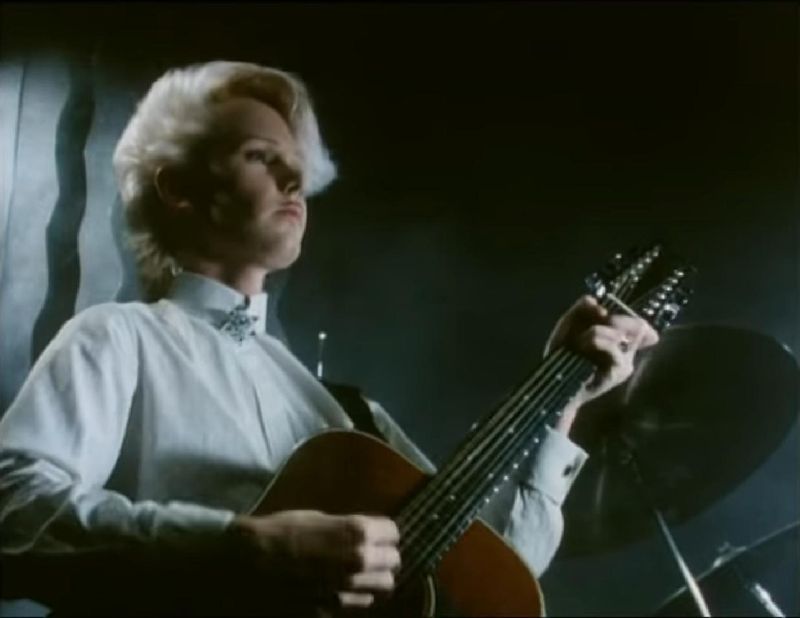
What began as a post-punk song about nuclear holocaust somehow transformed into one of the most romantic tracks of the decade. Modern English created this shimmering, atmospheric gem that perfectly balances melancholy and euphoria. Though initially only a minor hit, the song gained immortality through its use in the 1983 film “Valley Girl” and countless subsequent movie soundtracks.
The band’s shift from their earlier, darker sound to this more accessible approach alienated some fans but created their enduring legacy. Modern English continues performing today, often joking that they play “I Melt with You” at both the beginning and end of shows because that’s what audiences want.
22. Tarzan Boy – Baltimora (1985)
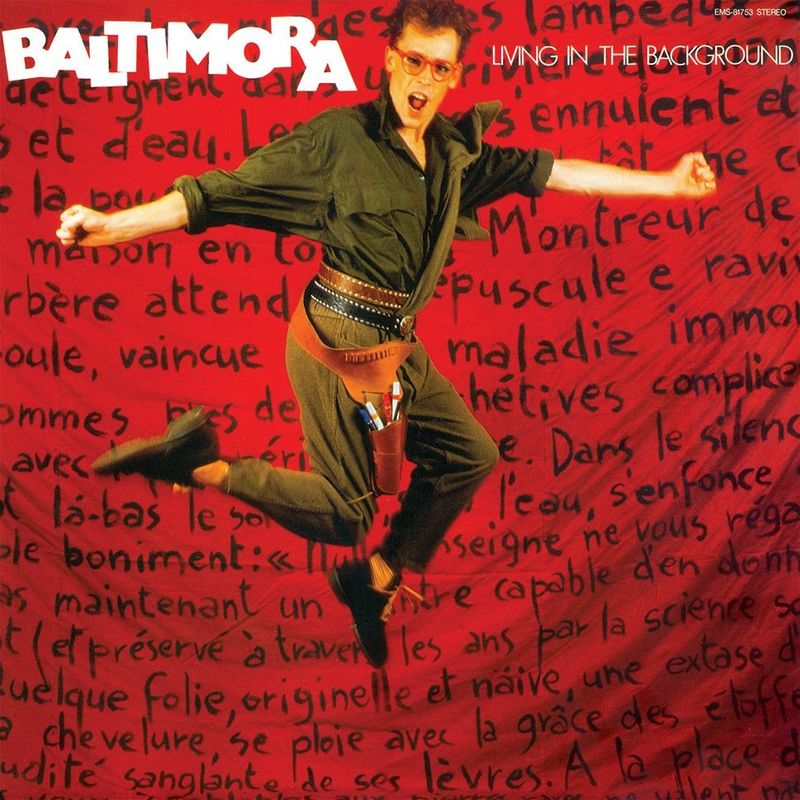
Jungle calls meet Italo-disco in this delightfully bizarre Euro-pop confection fronted by Northern Irish dancer Jimmy McShane. The song’s instantly recognizable “oh-oh-oh-oh-oh-oh-oh-oh-oh-oh” hook mimicking Tarzan’s yell created an international sensation. Though McShane was the face of Baltimora, Italian producer Maurizio Bassi actually sang on the recording, creating controversy similar to Milli Vanilli years later.
The track’s tropical vibe and carefree energy made it a staple on MTV and radio. The song enjoyed a revival when featured in the 1993 “Teenage Mutant Ninja Turtles III” film and again in 2005’s “Jungle 2 Jungle,” introducing new generations to its campy charm.
23. The Safety Dance – Men Without Hats (1982)
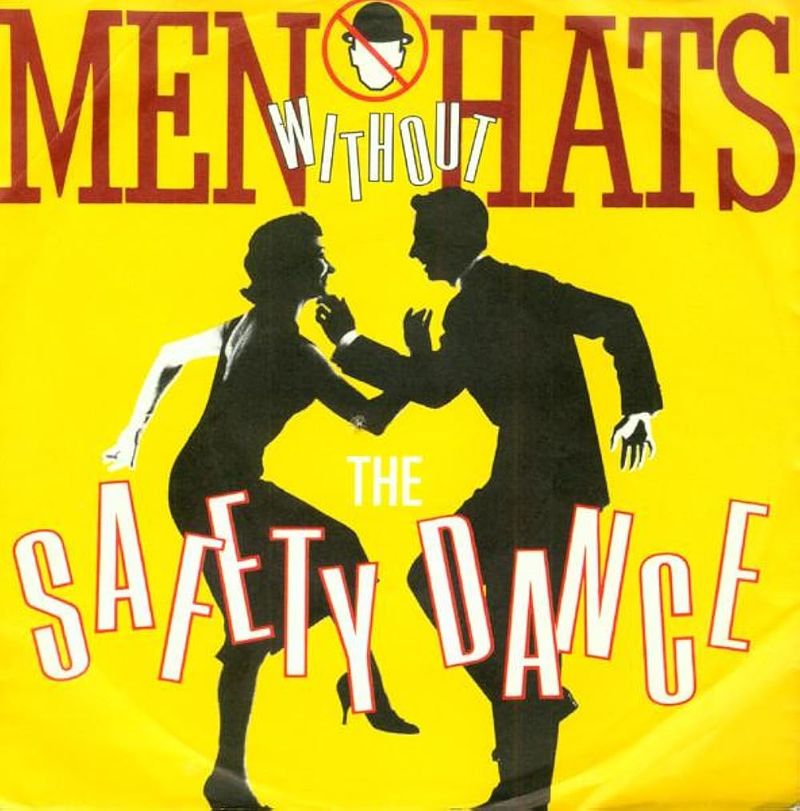
Canadian synthpop group Men Without Hats created this quirky protest song after lead singer Ivan Doroschuk was kicked out of a club for pogo dancing. The medieval-themed music video, complete with dwarf jester and maypole dancing, became an MTV staple despite having little connection to the song’s anti-establishment message. The track’s distinctive synthesizer hook and call-and-response chorus made it instantly memorable.
Though often misinterpreted as nonsense, the lyrics actually protest against bouncers stopping new wave dancing in clubs. The band had a minor follow-up hit with “Pop Goes the World” but remains primarily associated with this wonderfully weird dance anthem.
24. I Wanna Be a Cowboy – Boys Don’t Cry (1986)
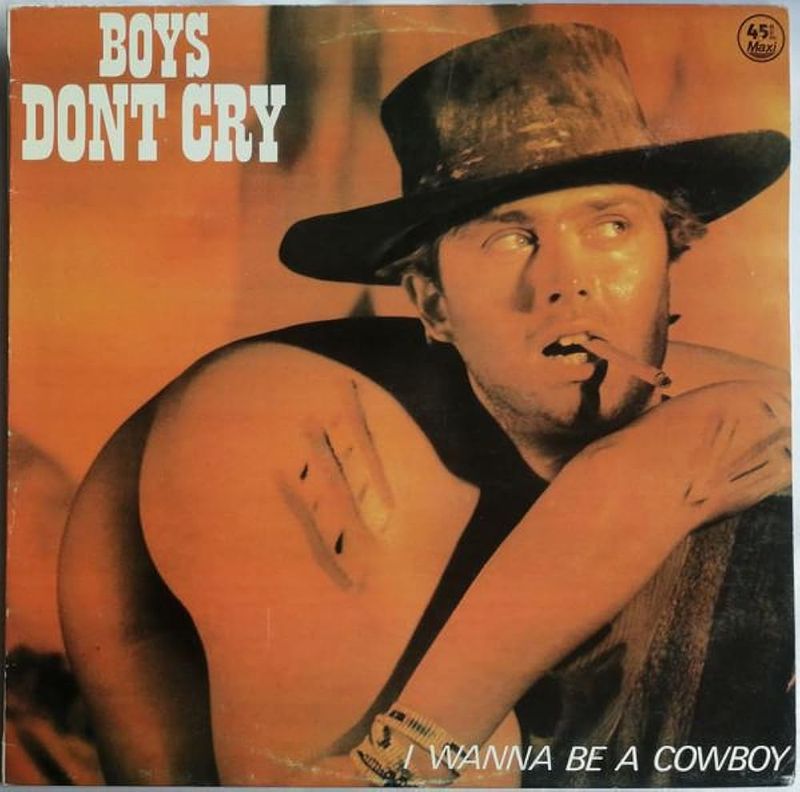
British new wave band Boys Don’t Cry created this oddball novelty hit that somehow perfectly encapsulated the absurdity of mid-80s pop culture. The song’s spoken-word verses and sing-along chorus about Western fantasies connected with audiences despite (or perhaps because of) its sheer weirdness.
The low-budget music video featured the band in cowboy outfits riding horses through modern London streets. A young Lemmy from Motörhead made a cameo appearance as a bartender, adding to the track’s cult appeal. Though they continued releasing music into the 1990s, nothing else from the band’s catalog achieved the quirky appeal of this singular hit that reached #12 on American charts.
25. Boom Boom (Let’s Go Back to My Room) – Paul Lekakis (1986)
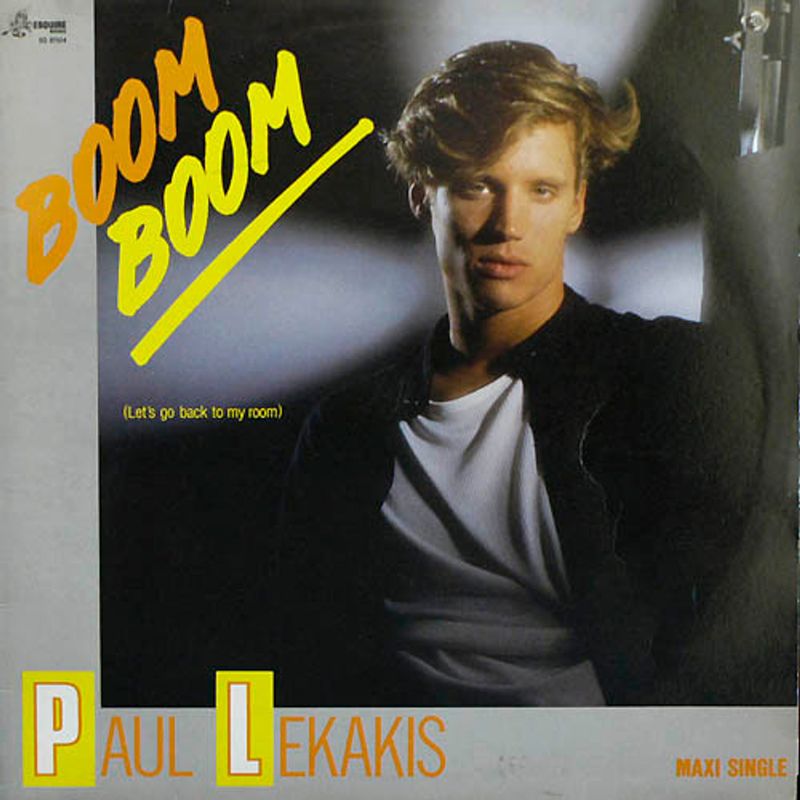
Former model Paul Lekakis created the ultimate 80s pickup anthem with this unabashedly direct dance track. The song’s suggestive lyrics and hi-NRG production made it a massive club hit and gay anthem that still fills dance floors at retro nights. Discovered while dancing in an Italian disco, Lekakis parlayed his good looks and limited vocal range into brief pop stardom.
The song’s straightforward proposition – “Boom boom boom, let’s go back to my room” – captured the pre-AIDS crisis party atmosphere of mid-80s club culture. Though his music career faded, Lekakis later found work as an actor and continued performing at gay pride events and 80s nostalgia shows.

Comments
Loading…